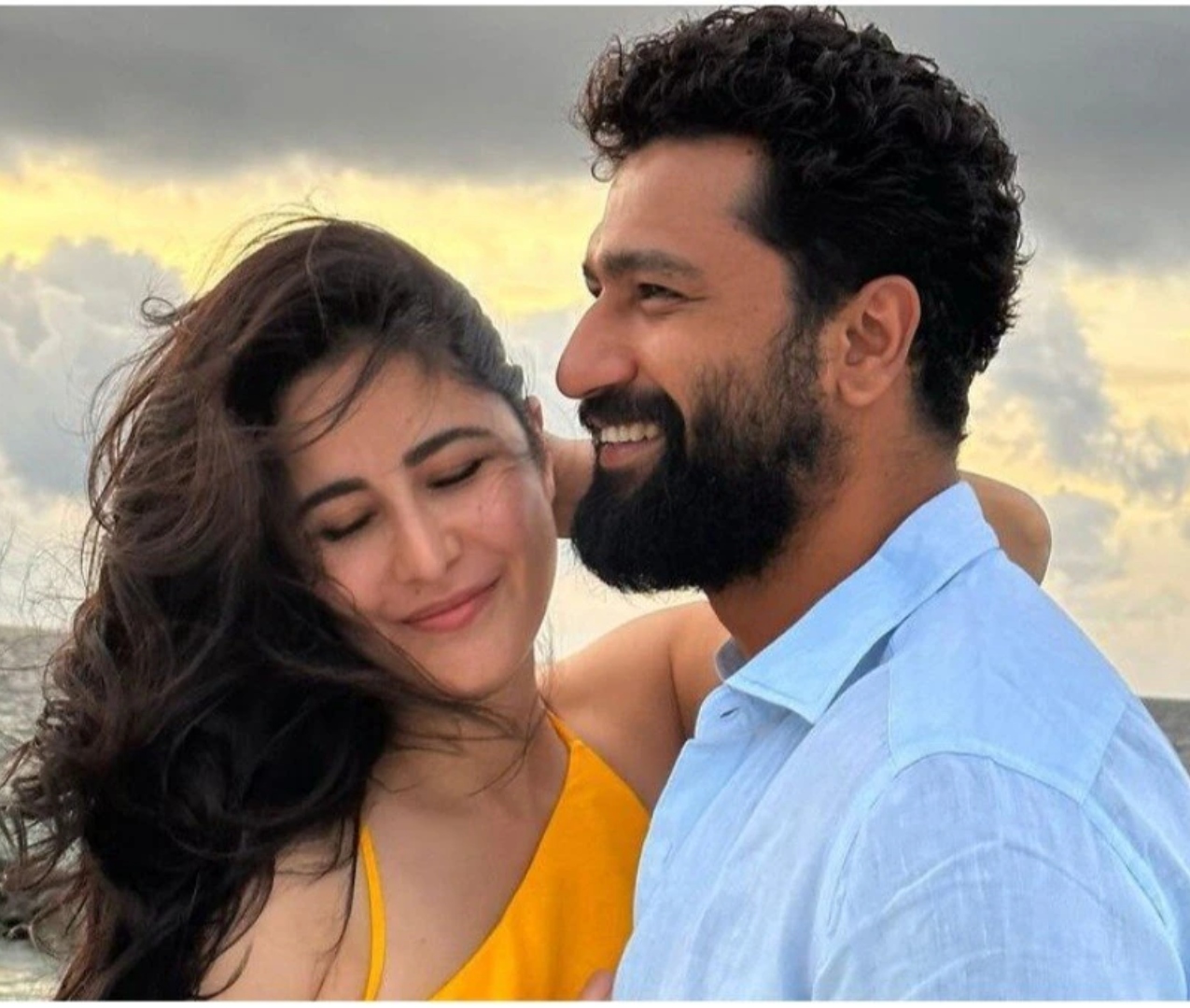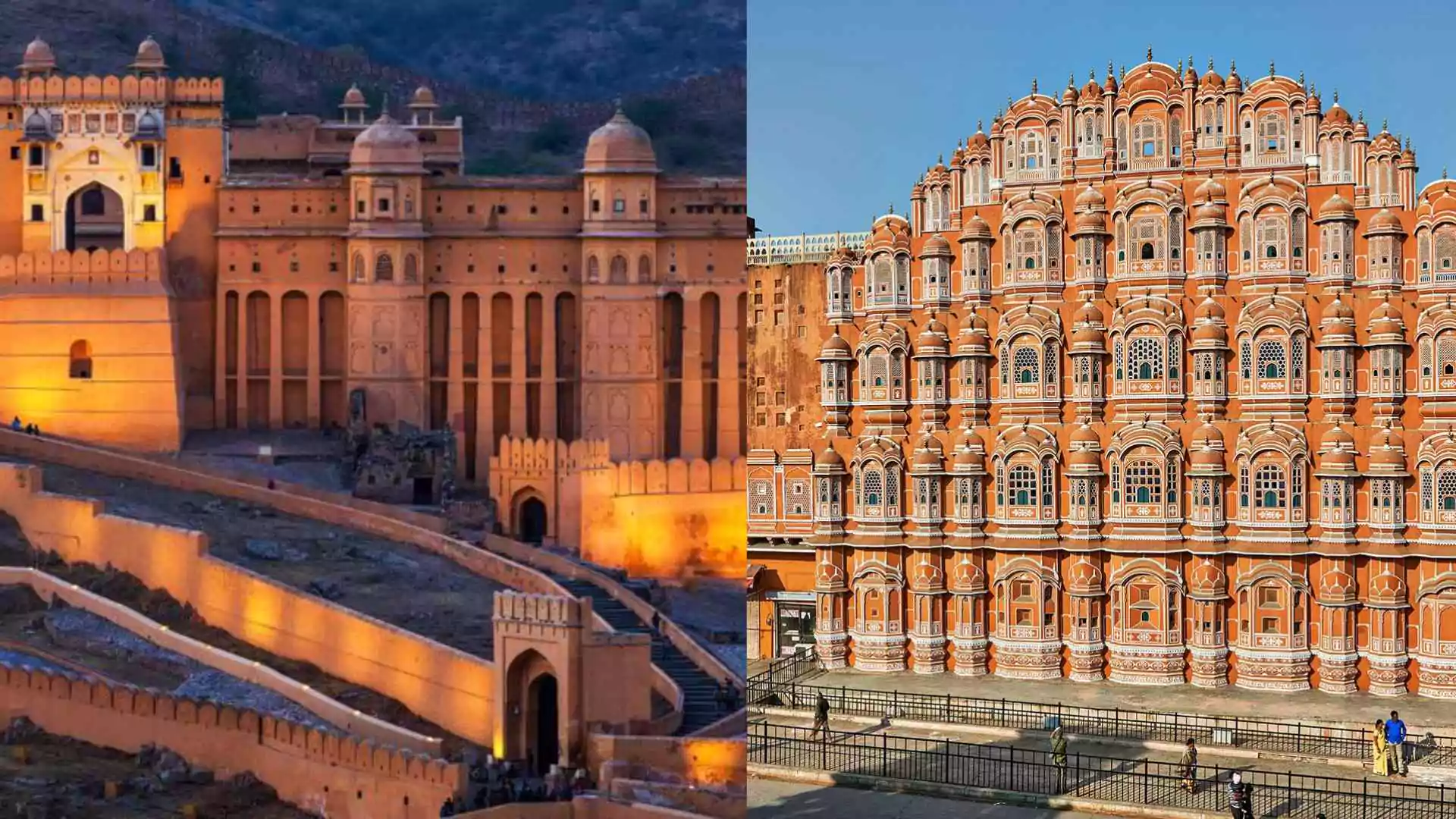Prime Minister Narendra Modi’s recent three-day visit to Sri Lanka underscored the deepening ties between the two countries. The visit was marked by warm receptions and significant diplomatic engagements, highlighting the long-standing cultural, spiritual, and civilizational ties that unite India and Sri Lanka. Expressing gratitude for the warmth extended by Sri Lankan President Anura Kumara Dissanayake, PM Modi noted that the visit added momentum to the bilateral relationship.
Key Moments from PM Modi’s Visit
During his visit, PM Modi and President Dissanayake inaugurated two major railway projects in Anuradhapura. These included the refurbishment of the 128 km Maho-Omanthai railway line, supported by Indian assistance of USD 91.27 million, and the launch of an advanced signaling system between Maho and Anuradhapura, funded by an Indian grant of USD 14.89 million. These projects are a crucial step in enhancing north-south rail connectivity in Sri Lanka, ensuring more efficient movement of passengers and freight.
Understanding India-Sri Lanka Bilateral Relations: A Historical Partnership
The relationship between India and Sri Lanka is one that spans over two millennia, characterized by deep cultural, religious, and historical ties. With a shared history of intellectual exchange, cultural bonds, and linguistic similarities, the two South Asian neighbours have fostered a relationship that has evolved significantly, particularly in recent years.
India, as Sri Lanka’s closest neighbour, plays a central role in Sri Lanka’s foreign policy, particularly under India’s ‘Neighbourhood First’ policy and the MAHASAGAR (Mutual and Holistic Advancement for Security and Growth Across Regions) vision, aimed at fostering mutual security and growth across regions.
Bilateral political relations have been robust, marked by regular high-level visits. PM Modi has visited Sri Lanka multiple times, with his most recent visit coming this month, nearly five years since his last visit in 2019, when he expressed solidarity following the Easter Sunday attacks. Sri Lankan leaders have reciprocated these visits, with President Dissanayake making his first overseas visit to India in December 2024. The exchange of visits and diplomatic engagements has helped build a strong political relationship, with discussions covering a wide range of issues from security to trade.
Historical and Cultural Ties
The strong cultural and religious links between India and Sri Lanka are one of the cornerstones of their relationship. Buddhism, a significant religion in Sri Lanka, connects the two nations, with historical figures such as Emperor Ashoka of India sending his children to spread the teachings of Lord Buddha to Sri Lanka around 250 BCE. This event marked the beginning of a lasting spiritual and cultural relationship between the two countries.
The connection continued through the shared Buddhist heritage, with significant events like the exhibition of the sacred relics of Lord Buddha from Kapilavastu in Sri Lanka. The relics have been displayed in Sri Lanka on two notable occasions, drawing millions of visitors, symbolizing the bond between the two nations. Additionally, India has organized pilgrimages to Bodh Gaya for Sri Lankan Armed Forces personnel and their families, further strengthening people-to-people ties.
Political and Diplomatic Relations
India-Sri Lanka relations have flourished in the fields of politics, trade, and development cooperation. Since the end of the three-decade-long civil conflict in Sri Lanka in 2009, India has been a key partner in the country’s recovery efforts. India supported Sri Lanka’s government during the conflict, particularly in its fight against the LTTE (Liberation Tigers of Tamil Eelam), while also voicing concern over the plight of civilians caught in the conflict. Post-war, India has emphasized the importance of national reconciliation and a political settlement that ensures the protection of all communities within Sri Lanka.
The countries have maintained regular high-level political exchanges, with multiple visits by Indian leaders, including PM Modi, to Sri Lanka. These visits have reinforced the commitment of both countries to deepening their relationship, particularly in the areas of development, security, and economic cooperation.
Trade and Economic Cooperation
India remains one of Sri Lanka’s largest trade partners. In the fiscal year 2023-24, the bilateral trade between the two nations amounted to USD 5.54 billion, with India exporting USD 4.11 billion worth of goods and Sri Lanka exporting USD 1.42 billion worth of products. India is also one of the largest foreign direct investors in Sri Lanka, with significant investments in sectors such as energy, hospitality, telecommunications, and banking. India’s FDI in Sri Lanka reached USD 2.25 billion by 2023.
In addition, the two countries have resumed negotiations on the Economic and Technology Cooperation Agreement (ETCA), aiming to deepen trade and services cooperation. This includes initiatives to enhance connectivity, such as ferry services between India and Sri Lanka, and the resumption of air links between Chennai and Jaffna.
Development and Humanitarian Assistance
India’s development cooperation with Sri Lanka is a cornerstone of the bilateral relationship, with India providing more than USD 7 billion in credit assistance, including grants and concessional loans, to support a wide range of projects in infrastructure, housing, health, education, and energy. Among the notable projects is the Indian Housing Project, which has already helped construct over 60,000 houses at a total cost of over INR 1800 crore, benefiting Sri Lankans across various regions, including plantation workers. India has also contributed to other initiatives like the construction of a multi-specialty hospital at Dickoya and solar electrification projects in the Northern regions.
India’s humanitarian support to Sri Lanka during the economic crisis in 2022 further solidified the relationship as New Delhi provided USD 4 billion in aid, including a line of credit for fuel, food, and medical supplies, and assistance during the COVID-19 pandemic with vaccine donations and medical equipment.
Defence and Security Cooperation
Defence ties between India and Sri Lanka are marked by frequent high-level exchanges, joint naval and army exercises, and regular dialogue. Both countries conduct joint naval exercises like SLINEX and army drills such as MITRA SHAKTI, which help enhance their security collaboration. The Colombo Security Conclave, a regional platform for security cooperation, has emerged as a key forum to address common challenges in the recent years. India has also extended its support for Sri Lanka’s maritime security, with the Indian Navy playing a crucial role in environmental protection and disaster response, particularly in incidents like the MV XPress Pearl disaster in May 2021 and MT New Diamond in September 2020.
Connectivity and Tourism
Connectivity between India and Sri Lanka has been a significant focus of their bilateral relations. In 2019, India and Sri Lanka inaugurated the first direct flight between Varanasi and Colombo, while the Jaffna International Airport also began operating flights from Chennai. The revival of ferry services between Tamil Nadu and Sri Lanka further strengthens this connectivity.
Tourism plays a crucial role in the relationship, with Indian tourists being one of the largest sources of visitors to Sri Lanka. In 2023, around 355,000 Indian tourists visited Sri Lanka, and the number continues to rise, signaling the importance of tourism as a bridge between the two countries. Additionally, Sri Lankan visitors also form a significant portion of the Indian tourism market.
Cultural and Capacity Building Initiatives
India has supported the restoration of historical sites in Sri Lanka, such as the Thirukeeteswaram Temple in Mannar, and facilitated the establishment of cultural centers and academic programs. Recently, a statue of Lord Buddha was presented to Dharmayathanaya Temple. Additionally, India offers numerous scholarships and training programs to Sri Lankan students and professionals, enhancing capacity building in various sectors. India has also published the Pali Grammar book ‘Namamala’ and the Sinhala translation of Jataka Tales in early 2025.
Indian Diaspora
The Indian diaspora, particularly the Indian-origin Tamils (IOTs), represents a significant cultural and economic bridge between the two nations. The approximately 1.6 million IOTs in Sri Lanka contribute significantly to the country’s economy, especially in sectors like tea and rubber plantations. India’s engagement with this community has further strengthened people-to-people ties.
The India-Sri Lanka bilateral relationship is multifaceted, with cooperation spanning political, economic, cultural, and security domains. Both nations have continued to build upon their shared history, strengthening ties through initiatives that promote development, connectivity, and security.
ALSO READ: PM Modi Receives 22nd International Honour | Here’s The Full List























